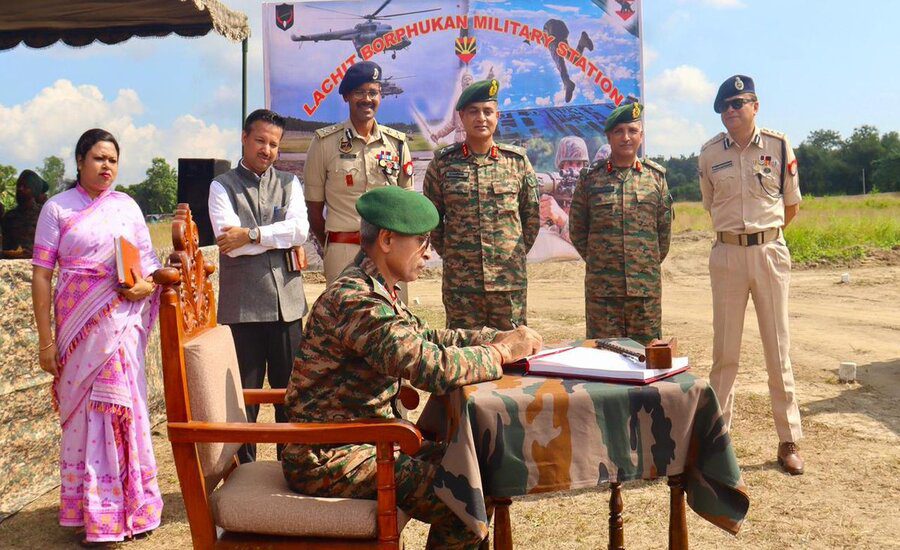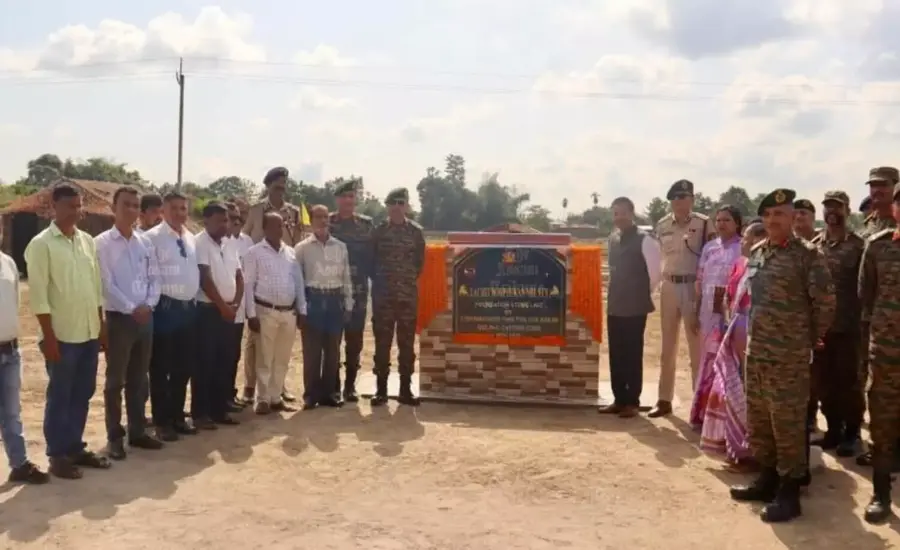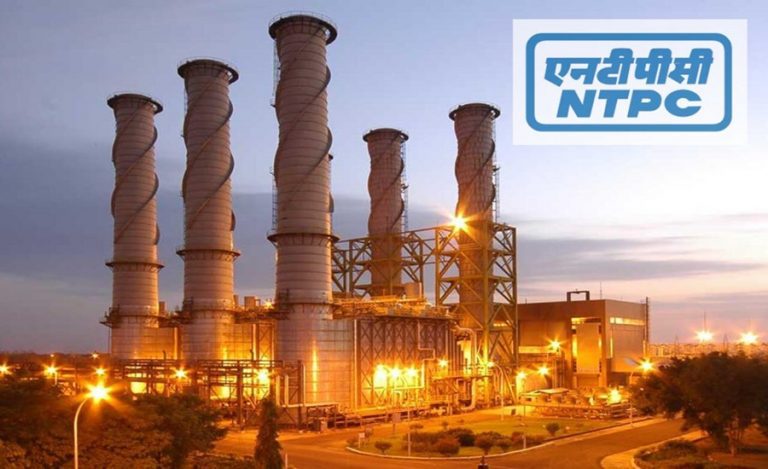Assam: The Indian Army has taken a decisive stride forward in strengthening national security infrastructure by laying the foundation stone of the Lachit Borphukan Military Station in Bamunigaon, Dhubri district of Assam. This new installation lies a mere 30 kilometres from the international boundary with Bangladesh, making it one of the most strategically placed army stations in the region.
Background of the Story
Located in Assam’s western district of Dhubri, the new station comes at a time when border security and logistic readiness have become paramount. The station falls under the jurisdiction of the Tezpur-based 4th Corps (Gajraj Corps), which is part of the Army’s Eastern Command.
Read Also: Revolution in Defence: Indian Army Gets 500 Blast-Resistant 3D-Printed Bunkers Built in Just 7 Days!
The proposal for this station reportedly originated in response to rising internal security concerns in Dhubri—particularly following communal tensions and strategic vulnerabilities in the region.
Strategic Significance of Lachit Borphukan Military Station
1. Proximity to Bangladesh border: By being placed just around 30 km from the Bangladesh border, the Lachit Borphukan Station becomes India’s closest Army installation in Assam’s western frontier region.
2. Near the “Chicken’s Neck” corridor: The station is also situated in a zone of high strategic significance given its proximity to the Siliguri corridor—commonly called the “Chicken’s Neck”—which links mainland India to its northeastern states. Maintaining a robust presence here is seen as critical.
3. Enhanced operational capabilities: Sources report that once fully functional, the station will accommodate approximately 1,500 personnel, including a specialised Para (Special Forces) unit, and will serve as a hub for counter-intelligence, signal monitoring and rapid response operations.
The Officer Behind The Lachit Borphukan Military Station
Lt Gen R. C. Tiwari, the General Officer Commanding-in-Chief of Eastern Command, laid the foundation stone for the station during a visit to the Gajraj Corps area. He also reviewed operational readiness, border security and ongoing infrastructure developments during that visit.
He commended both the Assam government and civil administration for their support in facilitating the project. He also praised the troops of the Gajraj Corps for their professionalism and dedication.
Location & Infrastructure Details of Lachit Borphukan Military Station
- The station is being built on government-land at the villages Bamunigaon (Part-1 & Part-2) in Dhubri district.
- The station is described as Assam’s first major Army base near the Bangladesh border, beyond Guwahati in western Assam.
- It will support logistics, training and administrative functions, strengthening the Army’s footprint in the region.
Heritage Link: Why Army chose This Name?
The station has been named after Lachit Borphukan, the legendary Ahom general who played a key role in defending Assam against Mughal invasion in the 17th century. His leadership at the Battle of Saraighat (1671) is celebrated in Assam’s history for courage and resilience.

Naming the station thus anchors the new facility in Assam’s rich military heritage, underlining the values of bravery, leadership and defence of frontiers.
Expected Impact of Lachit Borphukan Military Station
Border Security Boost: The new installation will strengthen India’s posture along the Bangladesh-Assam boundary and support rapid deployment capability.
Regional Development: A permanent Army base often brings improved connectivity, infrastructure and civil-military cooperation, benefiting the local area of Dhubri.
Deterrence & Surveillance: With special forces and signal monitoring capability, the base is designed to monitor cross-border movements, secure critical corridors and enhance intelligence readiness.
Strategic Flexibility: Positioning in western Assam expands operational scope beyond the previously concentrated bases around Guwahati and eastern Assam.
Challenges & Considerations
- Establishing the facility in terrain with river-banks (Brahmaputra region) and proximity to international boundary requires sustained logistics and maintenance efforts.
- Socio-economic integration with local communities must be managed sensitively to ensure smooth civil-military relations.
- Given the strategic attention, the base may become a target for adversarial intelligence or asymmetric threats, necessitating robust security measures.



























